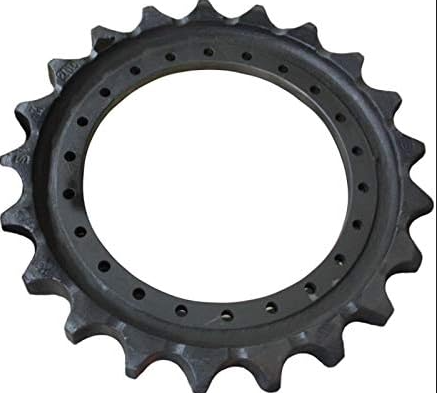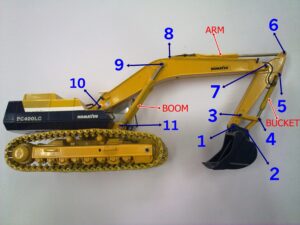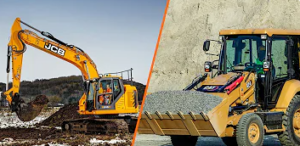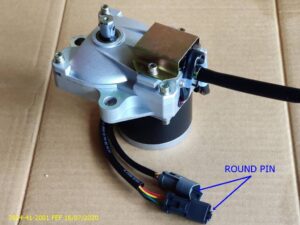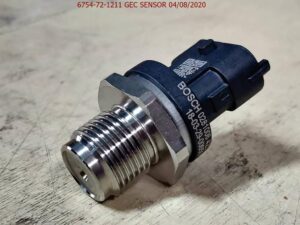The sprocket is an essential component of an excavator’s undercarriage system, working in conjunction with the track and drive system. Here are five key functions of the excavator sprocket:
- Drives the Track: The sprocket engages with the track’s links and teeth, transferring power from the track motor to the track. This is the primary function of the sprocket, enabling the excavator to move forward, backward, or rotate as required.
- Distributes Load: The sprocket helps distribute the weight of the excavator evenly across the track system. By engaging with the track links, it ensures the proper distribution of forces during movement, reducing stress on individual components and improving durability.
- Provides Traction and Grip: As part of the track drive system, the sprocket provides the necessary grip to prevent slippage between the track and the sprocket teeth. This ensures efficient transfer of power and maximizes traction on various surfaces.
- Ensures Track Tension: The sprocket plays a role in maintaining proper track tension. It helps to keep the track taut, ensuring that it remains engaged with the sprocket and does not slip off or become loose, which is essential for the efficient operation of the excavator.
- Facilitates Maneuvering: The sprocket aids in the precise movement of the excavator by controlling the rotation and movement of the track. This enables the machine to turn, navigate obstacles, and perform various digging or lifting tasks with high maneuverability.
The sprocket is crucial for the excavator’s movement and stability, ensuring efficient power transmission to the tracks and reliable operation across diverse work environments.
